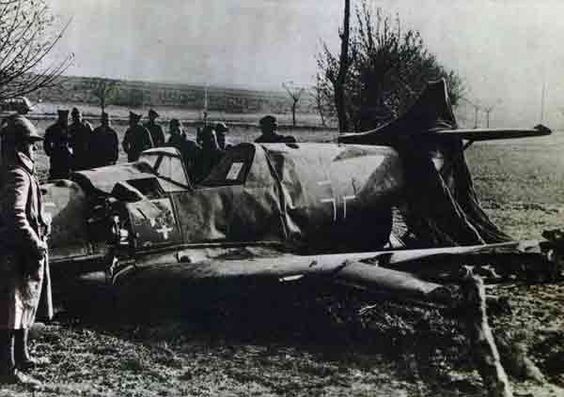Friday 24 November 1939
 |
| A Finnish soldier and his dog (colorized), February 1941. |
Drifting magnetic mines are washing up by the scores on the Yorkshire Coast on 24 November 1939.
British vessel Mangalore sunk by a mine.
The British release the US freighter Nishimaha after the master signs an agreement to proceed to Marseilles to unload its "contraband." The US government, though, remains opposed to this.
Convoy OA 40G departs from Southend, Convoy OB 40 departs from Liverpool, and Convoy SL 10 departs from Freetown.
Peace Talks: The two British officers captured at Venlo, Major Stevens and Captain Best, are still very much on the minds of the top Third Reich hierarchy. While they are the subject of German propaganda about the Munich bombing, they also get feelers from the Germans about the sincerity of the desire for peace among the Allies. It is believed but has not been corroborated that the two may have betrayed various classified information while in captivity.
German Homefront: The assets of iron/steel magnate Fritz Thyssen, who has fled to Switzerland, are seized. Thyssen was an early supporter of Hitler's, funding his rise to power, but became increasingly disillusioned.
British Homefront: British Airways Ltd. and Imperial Airways merge to form British Overseas Airways Corporation (BOAC).
 |
| Finnish Prime Minister Aimo Cajander. |
USSR: Stalin, in fact, has roughly 800,000 troops deployed from Leningrad to the Petsamo region above the Arctic Circle. The Red Army is not yet mobilized, so they literally kidnap men off the street in the manner of historic British press gangs, give them rifles, and send them to the front.
Romania: King Carol II names Gheorghe Tatarescu Prime Minister.
China: The Japanese 21st Infantry Division and Taiwan Brigade capture the main objective, Nanning, during the Battle of South Kwangsi. The campaign has cut China completely off from ocean communication, and its suppliers now primarily must cross the Himalayas (the "Hump") via air or the Burma Road. Both that and the other source of supplies, Indochina, are on the Japanese list of priorities.
 |
| A Finnish soldier in 1939 (colorized). |
November 1939
November 1, 1939: The Jet Flies AgainNovember 2, 1939: The Soviets Devour Poland
November 3, 1939: Amending the Neutrality Act
November 4, 1939: Roosevelt Signs Neutrality Laws
November 5, 1939: The Spirit of Zossen
November 6, 1939: First Dogfight
November 7, 1939: More Lies About SS Athenia
November 8, 1939: Hitler Almost Killed
November 9, 1939: The Venlo Incident
November 10, 1939: Dutch Panic
November 11, 1939: Poignant Armistice Day
November 12, 1939: Peace Efforts Made and Rejected
November 13, 1939: First Bombing of Great Britain
November 14, 1939: The Dyle Plan
November 15, 1939: Elser Confesses to the Bürgerbräukeller Bombing
November 16, 1939: Martial Law in Prague
November 17, 1939: International Students Day
November 18, 1939: Magnetic Mines
November 19, 1939: Walls Around the Warsaw Ghetto
November 20, 1939: First RN Submarine Victory
November 21, 1939: Salmon & Gluckstein on the Prowl
November 22, 1939: British Recover A Magnetic Mine
November 23, 1939: HMS Rawalpindi Sunk
November 24, 1939: Japanese Enter Nanning
November 25, 1939: The Olympics are a War Casualty
November 26, 1939: Soviets Stage an "Incident" at Mainila
November 27, 1939: German Marriage Becomes Perilous
November 28, 1939: Judenrats in Poland
November 29, 1939: The Soviets Prepare to Invade Finland
November 30, 1939: Winter War Begins
2019



















